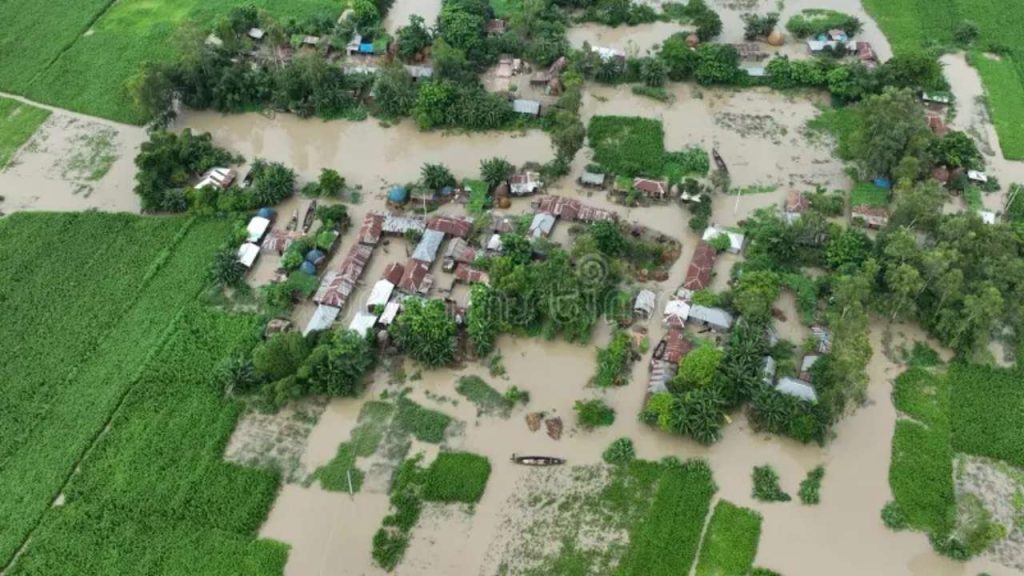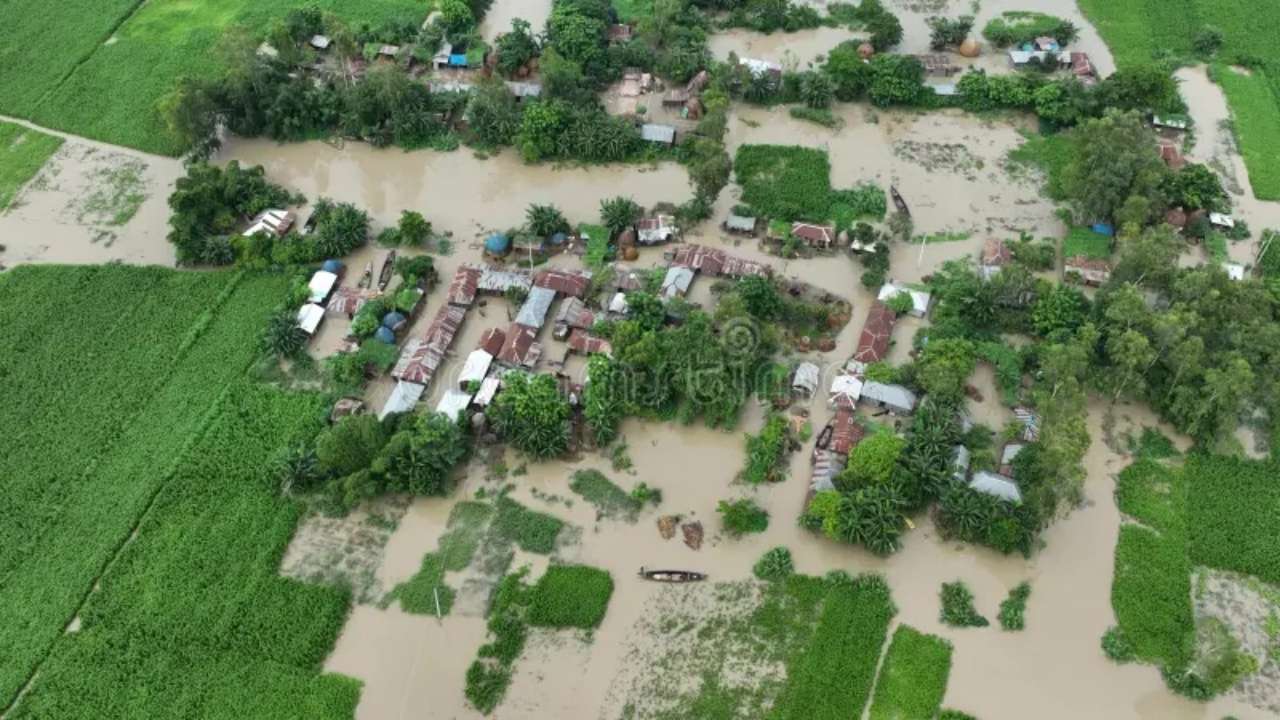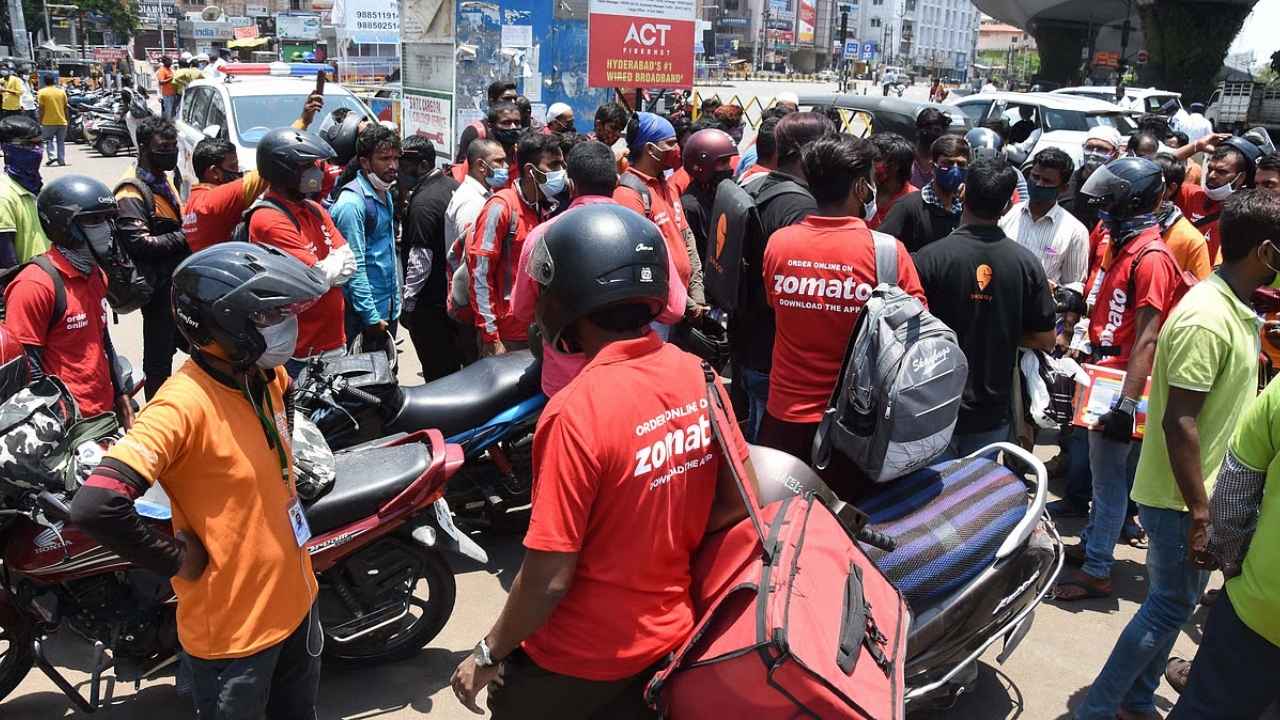In the early hours of July 6, 2025, an unexpected disaster struck the small communities of Khantapada and Bental Panchayats in the Bhadrak district of Odisha, India. A sudden breach in the canal system caused floodwaters to rise rapidly, overwhelming homes and forcing over 30 families to evacuate. This incident not only caused massive property damage but also highlighted the dangers that communities face when living near rivers and canals, especially during the monsoon season.

While this tragic event may seem far away, the lesson it carries is universal. Communities around the world are vulnerable to natural disasters, and understanding how to mitigate these risks can save lives and property. In this article, we’ll break down the details of this flooding event, explore its causes, and provide practical advice for communities in flood-prone areas to protect themselves.
Midnight Canal Flooding Submerges Homes in Bhadrak
| Key Detail | Description |
|---|---|
| Date of Incident | July 6, 2025 |
| Location | Khantapada and Bental Panchayats, Bhadrak District, Odisha |
| Affected Families | 30 families |
| Causes of Flooding | Canal breach due to swollen Salandi River and water release from Hadagarh Dam |
| Total Affected Population | Over 4,000 residents |
| Current Relief Efforts | Evacuations, temporary shelters, ongoing flood management |
| Key Impact Areas | Residential homes, local infrastructure, agricultural land |
For more details, visit Bhadrak District Official Website.
The recent flooding in Bhadrak serves as a powerful reminder of the risks faced by communities living near water. While floods are a natural phenomenon, proactive measures can help reduce their devastating impact. From building stronger infrastructure to educating the public on preparedness, the key to surviving and thriving in flood-prone areas lies in preparation and resilience.
Whether you’re a resident of Bhadrak or another flood-prone region, it’s crucial to stay informed, take steps to safeguard your property, and be ready to act when disaster strikes. Communities that invest in proper planning, infrastructure, and education are better equipped to withstand the challenges of floods and keep their families safe.
Understanding the Event: What Happened?
The flooding incident in Bhadrak was triggered by a sudden breach in the canal system that carries water from the Salandi River. On the night of July 6, the canal, which had already been heavily swollen due to upstream rains, burst its banks. To make matters worse, water had also been released from the Hadagarh Dam earlier in the day, raising water levels even higher.
These factors combined to create a perfect storm. As floodwaters surged through the canals, they inundated low-lying areas, submerging homes and causing significant property damage. Residents were caught off guard as the water entered their homes during the night, leaving them with little time to prepare.
This event is an important reminder that, even with the best planning, disasters can strike at any time. Understanding the underlying causes of such floods and the steps that can be taken to reduce risk is crucial for communities living near bodies of water.
Causes of Canal Flooding: What Went Wrong?
1. Swollen Rivers from Heavy Rains
The Salandi River, which flows through Bhadrak, had already experienced heavy rainfall upstream, causing it to swell. Rivers are naturally prone to flooding when they receive a lot of rain, especially in regions where infrastructure to control water flow is lacking or overwhelmed.
2. Water Release from the Hadagarh Dam
Dams like the Hadagarh Dam are designed to release water during periods of heavy rain to prevent their structures from being overwhelmed. However, this release can sometimes contribute to flooding downstream if it isn’t properly managed. In this case, the combined volume of water from the dam and the already swollen river led to the canal breach.
3. Poor Canal Maintenance
Canals are typically used to carry water for agricultural or irrigation purposes, but they can be vulnerable to natural disasters if not properly maintained. Over time, silt buildup, cracks, and lack of timely repairs can make canals more susceptible to breaches, as was the case in Bhadrak.
4. Geographical Vulnerability
Bhadrak is located in a region that is naturally prone to monsoons and floods. Low-lying areas near rivers and canals often have the highest flood risks because the water has nowhere to go once it overflows.
How Communities Can Prepare for Flooding: A Practical Guide
While the flooding in Bhadrak was a sudden event, there are several things communities living in flood-prone areas can do to minimize damage and protect themselves.
1. Know Your Flood Risk
The first step in preparing for floods is to understand the flood risks in your area. Are you living near a river or canal? Does your area frequently experience heavy rainfall? You can access flood maps and data from government websites like FEMA (for the U.S.) or your local disaster management authority. These tools can help you understand the risks specific to your location.
2. Elevate Homes and Buildings
If you live in a flood-prone area, one of the most effective ways to protect your property is to elevate it above the base flood level. This might include raising the foundation of your house or building it on stilts, particularly in areas with frequent flooding.
3. Build Stronger Infrastructure
Governments and communities must invest in better flood control systems, such as stronger dikes, levees, and well-maintained canals. Regular maintenance of these infrastructures is crucial to ensure they can withstand heavy rains and avoid breaches.
4. Establish an Early Warning System
An early warning system can provide vital time for evacuations before a flood strikes. This system can include weather alerts, sirens, or community-based networks to ensure that everyone is aware of the risk before it’s too late.
5. Create an Emergency Plan
Every family should have an emergency flood plan. This includes knowing the safest evacuation routes, having an emergency kit ready (with essentials like water, food, medications, and first aid supplies), and establishing a communication plan to keep in touch with family members during a crisis.
Flood Preparedness Checklist: Steps You Can Take Today
- Install sump pumps: These devices help pump out water from your basement or other low-lying areas to prevent flooding.
- Raise electrical outlets: Electrical systems should be elevated above the flood level to avoid electrical hazards.
- Keep important documents safe: Store critical documents (like insurance papers, IDs, and deeds) in waterproof containers or on the cloud.
- Install flood barriers: These temporary barriers can be placed around doors or windows to keep water out.
- Create a communication plan: Make sure everyone in your household knows how to contact one another during an emergency.
Mahanadi Swells in Odisha: Over 4.47 Lakh Cusecs Flow Through Mundali After Hirakud Discharge
Odisha Braces for Heavy Rainfall: IMD Issues Warning for 15 Districts
FAQs
1. What caused the canal breach in Bhadrak?
The canal breach was caused by a combination of factors, including swollen river levels due to heavy rainfall and water released from the Hadagarh Dam. The combination of these forces overwhelmed the canal system, causing it to break and flood nearby areas.
2. How can I find out if my home is in a flood zone?
You can access flood zone maps from official websites like FEMA (for the U.S.) or local disaster management authorities in your area. These maps show flood risk areas based on historical data, rainfall, and other factors.
3. What should I do if my home is at risk of flooding?
If your home is at risk, consider elevating it, installing flood barriers, and ensuring that your infrastructure is sturdy enough to withstand flooding. It’s also crucial to have an emergency plan in place for evacuations and disaster response.
4. How do I prepare for a flood evacuation?
Start by having an emergency kit ready, including essentials like food, water, medications, and first aid supplies. Know the evacuation routes, stay updated with flood alerts, and keep your phone charged to receive critical information.





